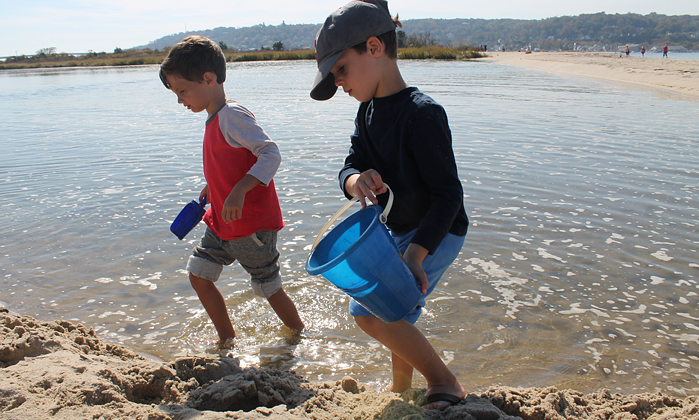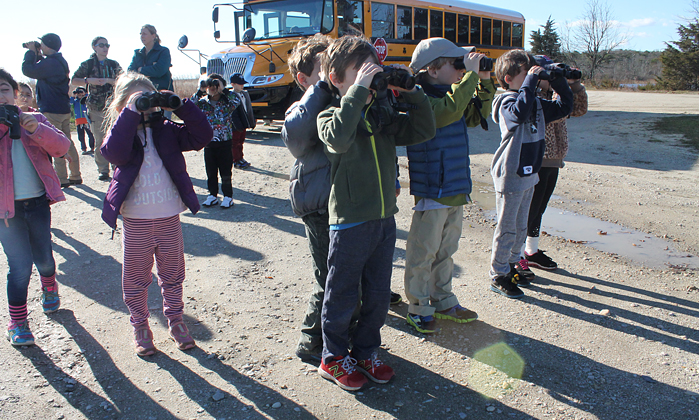We plan many trips into the community and invite visitors to our school to allow children to better understand the nature of work and the interdependence of community members. Family groups, cultural groups, celebrations, traditions, how we move from place to place, where we live, how we obtain food, clothing, services, etc. are all aspects of gaining understanding of the interdependence and connectedness of families, cultures, and communities. When possible, classes contribute to book, toy, food, and clothing drives to support soup kitchens and children’s shelters.
A Child’s Place School is also a model of community life. Children are part of a small group which in turn is part of a class which is in turn part of the whole school. They have experiences working together in parts and coming together as a whole. The teachers arrange for regular birthday assemblies and special programs where everyone in the school meets in the Big Room. The school maintains its own traditions and celebrations which further reinforce a sense of continuity and belonging.
Our students make and read maps of their environment and the school grounds. Landforms and bodies of water may be explored more fully with a field trip, depending on the age of the group.
The effects of regional climates and topography have also entered children’s investigations. Seeking answers to questions, children have written letters with their teachers to far flung places such as Alaska and Iceland and have corresponded with schools for young children in Hong Kong, Spain and Japan.






